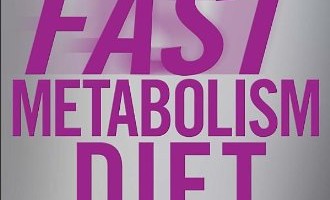Are you concerned you may be prediabetic? Perhaps you were diagnosed with prediabetes and want to make sure it does not develop into diabetes. In either case, you are probably wondering what the diabetes testing process involves. If you have diabetes concerns of any type, the following information will help you understand how to test for this debilitating metabolic disease, which is caused from frequent high blood sugar levels.
What is Diabetes?
Diabetes mellitus is more commonly known as diabetes. The layman usually believes that this is a single disease or condition. Actually, when physicians refer to diabetes mellitus they are talking about a group of diseases that affects your metabolism. Why is it important to keep your metabolic rate rolling along smoothly at a healthy level?
Metabolism refers to all of the chemical processes that happen inside your cells which naturally sustain life. This includes, but is not limited to, your digestion, the movement of substances and molecules between cells, how much you weigh and many other internal processes. When you develop diabetes your metabolism is affected negatively, and several problems can arise.
What Is Involved With a Diabetes Test?
Preparing for a diabetes test depends on which of the 2 tests your doctor prescribes. You will either undergo a fasting plasma glucose test (FPG) or an oral glucose tolerance test (OGTT). In most cases you will probably undergo a fasting plasma glucose test because it is less expensive, the results are delivered a lot quicker, and it is much easier to perform than an OGTT.
In the case of an FPG (the test preferred by The American Diabetes Association), you are asked to eat nothing for 8 to 14 hours before the test is performed. If you score a fasting blood glucose level of 100 to 125 mg/dl, you will probably be diagnosed by your doctor as prediabetic. A score of 126 or higher means you have already developed diabetes.
The OGTT is also measured after fasting. Unlike the FPG diabetes testing process, you are asked to drink a specific beverage that is rich in glucose. Then 2 hours later your glucose levels are tested. Scoring between 140 and 199 mg/dl on an OGTT is a sign of prediabetes, with 200 and over a sure sign you are diabetic.
In either case the diabetes testing process is simple and painless. Blood samples need to be drawn, so you will be stuck by a needle. However, the whole diabetes testing process is so common that many patients report not even knowing their blood has been drawn because they did not feel the needle. In any case, if you experience rapid weight loss, are constantly thirsty and hungry, frequently feel tired and fatigued or experience blurred vision, you need to talk to your physician and schedule a diabetes test as soon as possible.




